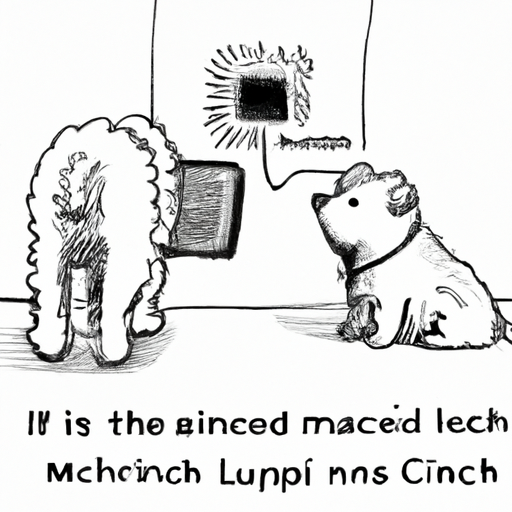Microchipped dogs are a common and highly effective solution to keep track of your furry friends. As a caregiver, you’re always concerned about the well-being of those in your care, and when it comes to pets, this means ensuring they’re safe and accounted for at all times. This article will walk you through everything you need to know about microchipped dogs, and hopefully, provide you with peace of mind.
H2: How Does Microchipping Work?
A microchip implant is a small device that’s usually injected under the loose skin between the shoulder blades of your dog. This chip, about the size of a grain of rice, carries a unique identification number. If your dog goes missing and is found, a vet or animal shelter can use a special scanner to read the chip’s number. This number can then be entered into a database to retrieve your contact information.
The process of microchipping is simple, quick, and similar to a routine vaccination:
- A vet or trained professional inserts a syringe with the microchip into your dog’s skin.
- The chip is then ejected and remains under the skin.
- The professional then scans your dog’s chip to ensure it can be read correctly.
H2: The Benefits of Microchipping
Microchipping offers several benefits that can contribute to the safety and security of your dog:
- Permanent Identification: A collar or tag might get lost, but a microchip is there for life.
- Reliable Reunification: The chances of reuniting with a lost microchipped dog are significantly higher than a non-microchipped one.
- Proof of Ownership: In case of disputes, a microchip registered to your name can serve as proof of ownership.
H2: The Limitations and Considerations
Despite its benefits, there are also limitations and considerations to microchipping:
- It’s not a GPS tracker: A common misconception is that microchips work as GPS trackers. They don’t. They are passive devices that require a scanner to read the information.
- Registration is crucial: After the chip is implanted, the owner’s contact details need to be registered and kept up-to-date in the relevant database.
- Possible Health Risks: While rare, there have been reported cases of tumors developing at the microchip site.
| Consideration | Details |
|---|---|
| Cost | The cost for microchipping can range from $25 – $50. This is usually a one-time cost. |
| Pain | The procedure is quick and causes minimal discomfort – similar to a vaccination shot. |
| Age | Puppies can be microchipped as early as six to eight weeks old. |
H2: Microchipping and the Law
In many regions around the world, microchipping dogs has become a legal requirement. For instance, in the UK, all dogs over the age of eight weeks must be microchipped and registered to an approved database.
FAQs
1. Can microchips move in dogs?
Yes, while it’s rare, microchips can sometimes move from the original implantation site. Regular check-ups can ensure the chip is still in place and working.
2. Can a microchip be removed?
Microchips are designed to last a lifetime and removal is usually not recommended due to the invasive nature of the procedure.
3. What information is stored on the microchip?
Only the unique identification number is stored on the microchip itself. This ID number corresponds to your contact information in the database.
4. Can anyone scan the microchip?
Only authorized professionals, such as vets and animal shelters, have access to microchip scanners.
5. Does microchipping hurt the dog?
The discomfort experienced is similar to a standard vaccination shot. Most dogs don’t react when the chip is implanted.
As a caregiver, your primary concern is the safety and well-being of those in your care. When it comes to your pets, microchipping can provide an added layer of security. It’s a small step towards giving you peace of mind knowing that if your pet ever gets lost, the chances of being reunited are significantly higher with a microchip.



